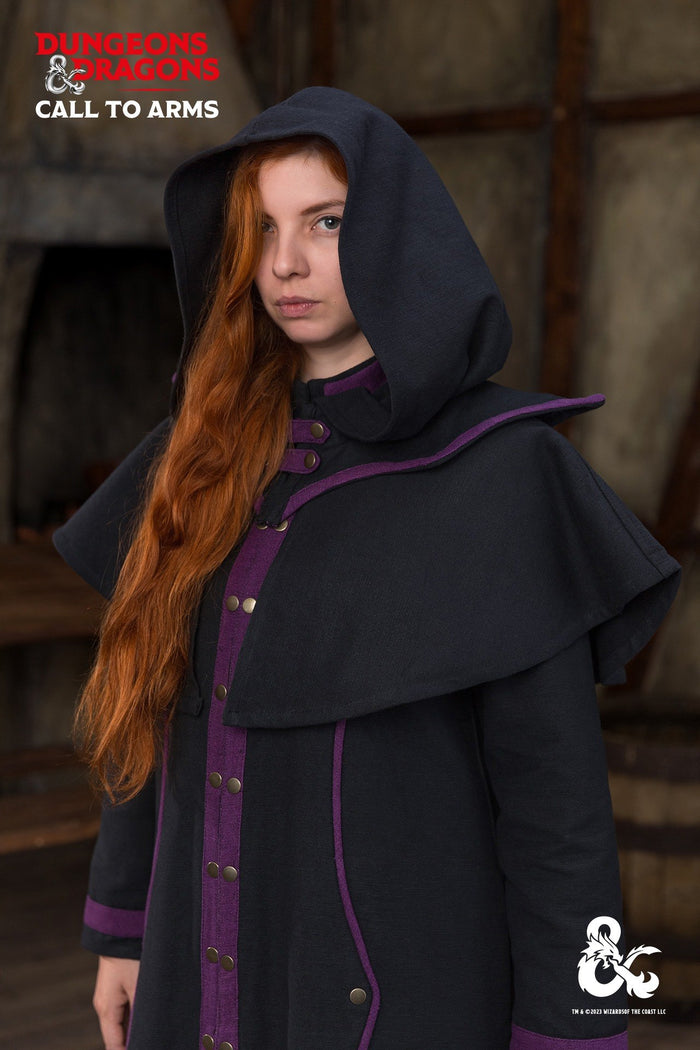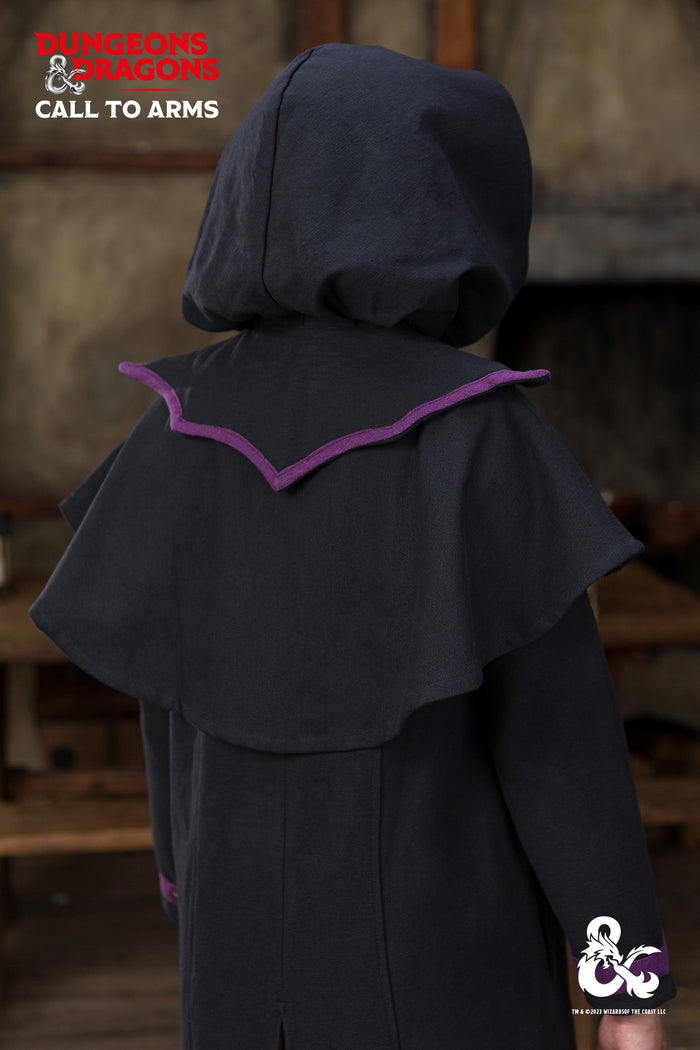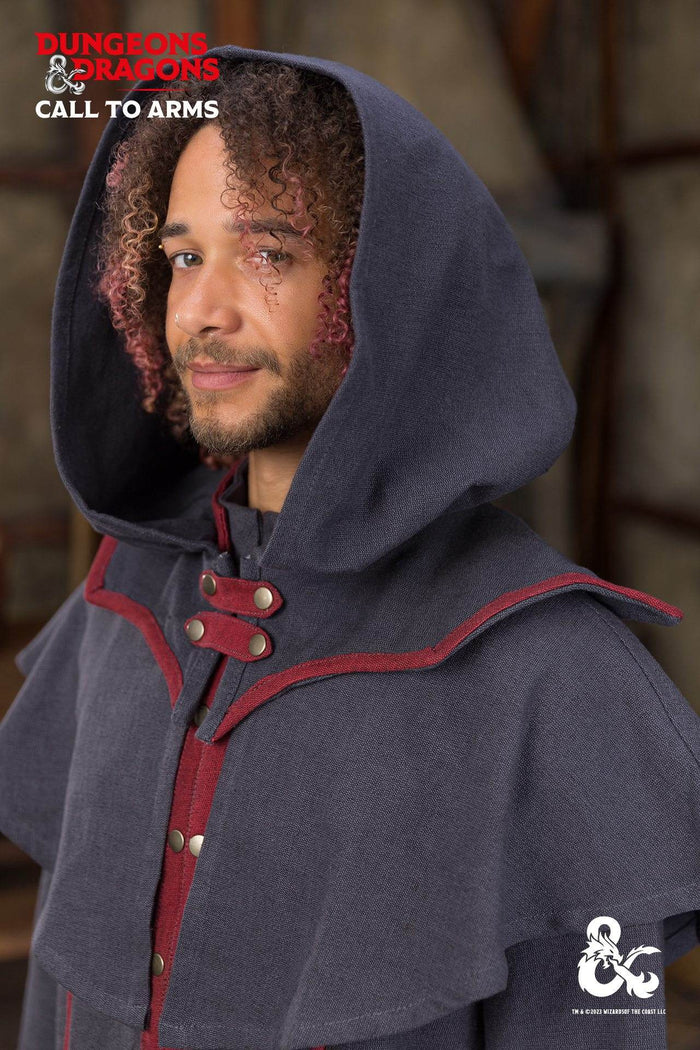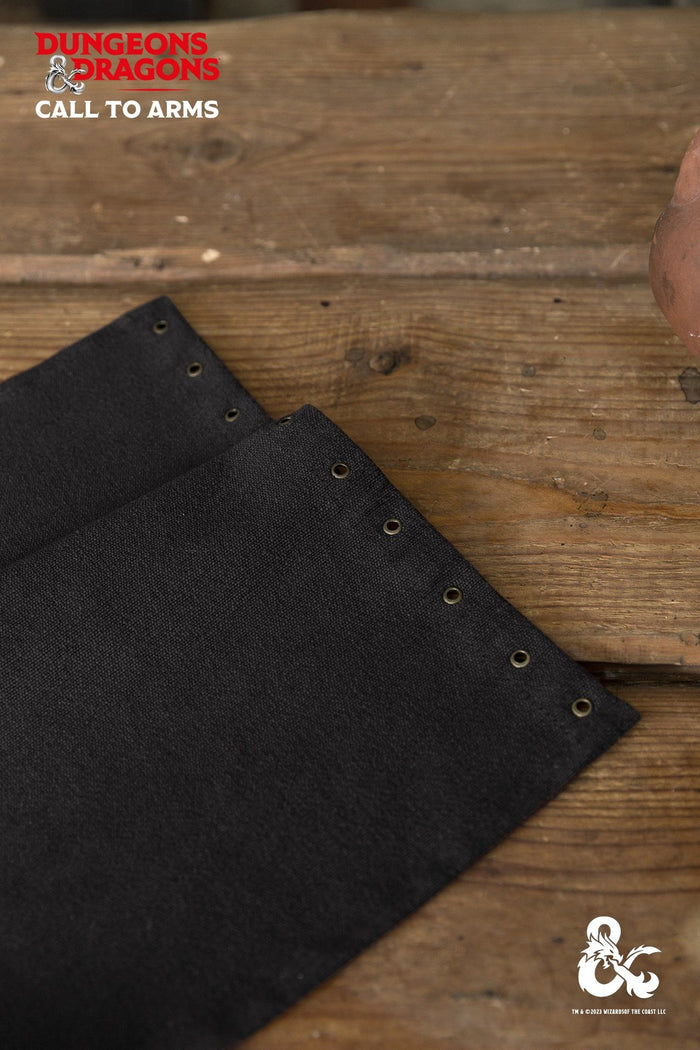-
Dungeons & Dragons Warlock Cape Black/Purple

 Regular price $29.99 USDRegular price
Regular price $29.99 USDRegular price$29.99 USDSale price $29.99 USD -
Dungeons & Dragons Warlock Cape Grey/Red

 Regular price $29.99 USDRegular price
Regular price $29.99 USDRegular price$29.99 USDSale price $29.99 USD -
Dungeons & Dragons Warlock Hood Black/Purple

 Regular price $29.99 USDRegular price
Regular price $29.99 USDRegular price$29.99 USDSale price $29.99 USD -
Dungeons & Dragons Warlock Hood Grey/Red

 Regular price $29.99 USDRegular price
Regular price $29.99 USDRegular price$29.99 USDSale price $29.99 USD -
Dungeons & Dragons Barbarian Loincloth Brown

 Regular price $11.99 USDRegular price
Regular price $11.99 USDRegular price$11.99 USDSale price $11.99 USD -
Dungeons & Dragons Barbarian Loincloth Black

 Regular price $11.99 USDRegular price
Regular price $11.99 USDRegular price$11.99 USDSale price $11.99 USD
-
Free shipping orders over $35
- Dungeons & Dragons: Call to Arms
-
Clothing
-
Collections
-
Armor & Weapons
- Sale















